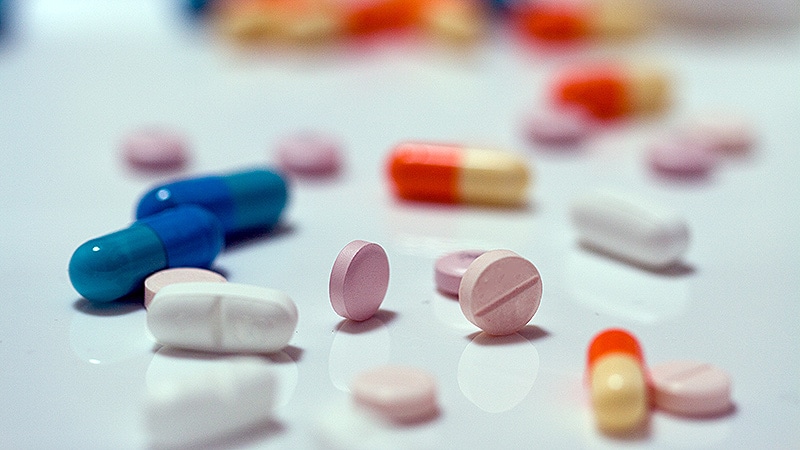Takeaway
- In patients with type 2 diabetes (T2D) who underwent coronary artery bypass grafting (CABG), achieving haemoglobin A1c (HbA1c) level 6.1-7.0% was associated with a reduced risk for major adverse coronary events (MACEs) and unstable angina compared with achieving HbA1c level >8.0% and lower risk for all-cause mortality compared with achieving an HbA1c level ≤6.0%.
Why this matters
- Guidelines for glycaemic targets for patients with diabetes after CABG significantly vary, ranging from a target HbA1c <7.0% to 7.1-8.5%.
Study design
- A secondary analysis of the BARI2D trial included 549 patients with T2D and coronary artery disease who underwent CABG.
- Primary outcome: MACEs (all-cause mortality, myocardial infarction, unstable angina or repeat revascularisation after the index HbA1c level).
- Funding: None disclosed.
Key results
- Achieving HbA1c level >8.0% was associated with an increased risk for MACEs compared with achieving HbA1c level 6.1-7.0% (adjusted HR [aHR], 1.77; 95% CI, 1.01-3.10)
- The risk for unstable angina was stronger among those with HbA1c level >8.0% (aHR, 5.21; 95% CI, 1.03-26.39).
- Compared with achieving HbA1c level 6.1-7.0%, achieving HbA1c ≤6.0% was associated with an increased risk for all-cause mortality (HR, 2.41; 95% CI, 1.01-5.74).
Limitations
- Post-hoc observational design.
- Modest sample size limited the ability to identify difference between HbA1c categories.
References
References



